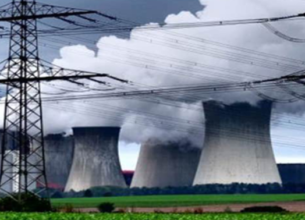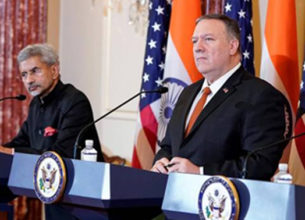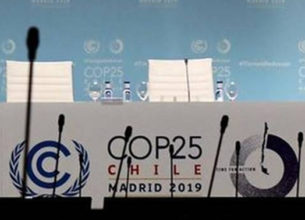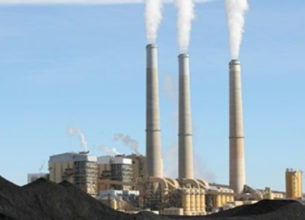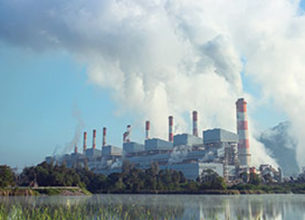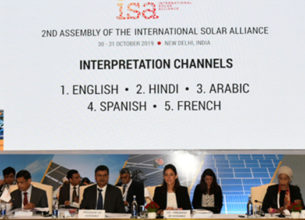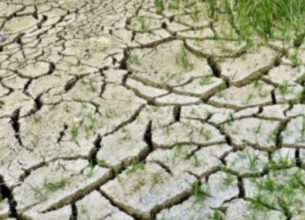UNFCCC COP25: CLIMATE CHANGE & INDIA
29, Nov 2019
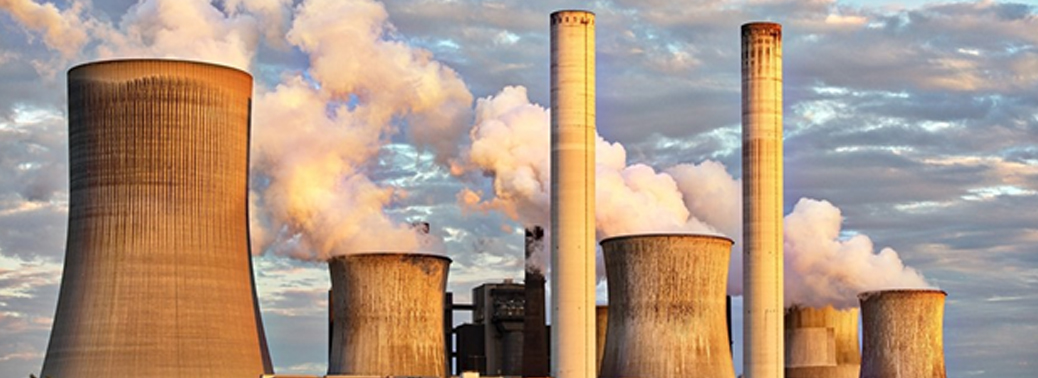
Prelims level : Climate Change and its Impacts
Mains level : GS-III Conservation, Environmental Pollution and Degradation, Environmental Impact Assessment
- The 25th Conference of Parties to the United Nations Framework Convention on Climate Change to be held in Spain from 2nd December,2019, holds a lot of significance.
- The countries are preparing to get a transition from the Pre-2020 (Kyoto protocol) period to the Post 2020 (Paris Agreement) period.
Issues Ahead:
- Climate change is one of the greatest challenges facing humanity today. Climate change affects every country and can have devastating effects on communities and individuals.
- According to the World Health Organization, as of the year 2030, climate change is expected to contribute to approximately 250,000 additional deaths per year, from malnutrition, malaria, diarrhoea and heat stress.
Developed Countries vs Developing Countries:
- Developing countries are the most impacted by climate change and the least able to afford its consequences.
- Their vulnerability is due to multiple factors that can limit their ability to prevent and respond to the impacts of climate change.
- Historically, the majority of greenhouse gas emissions have come from developed countries.
- UNFCCC has recognised that all countries should protect the climate system on the basis of equity and in accordance with ‘common but differentiated responsibilities.’
- Accordingly, the developed countries should take the lead in combating climate change and its adverse effects.
- In this context, India is all set to stress upon the need for fulfilling Pre-2020 commitments by developed countries and that Pre-2020 implementation gaps should not present an additional burden to developing countries in the Post-2020 period.
Carbon Reduction vs Carbon Elimination:
- The cost of renewable energy is in decline over the years, and in near future the green energy can compete on cost, with oil, coal and gas-fired power plants. This has become possible as a result of consistent fall in the cost of new plants.
- India’s renewable energy cost is the lowest in the Asia Pacific. India’s target to have 175 GW of renewable-based installed power capacity by 2022, has been pushed forward through various national strategies and plans. India ventured into International Solar Alliance to promote Solar energy around the world. The alliance has a major objective to increase the global deployment of solar energy by 2030.
- Through CoP25, India and other developing countries would express their readiness to improve their progress towards renewable energy and would also stress the developed countries to do the same.
Making the 1.5oC Possible:
- The Paris Agreement’s long-term temperature goal is to keep the increase in global average temperature to well below 2 °C above pre-industrial levels; and to pursue efforts to limit the increase to 1.5 °C, recognizing that this would substantially reduce the risks and impacts of climate change.
- But as per the IPCC Report, at present, the world is 1.2°C warmer compared to pre-industrial levels and at current rate of emissions, the world is set to breach the global warming limit of 1.5°C between 2030 and 2052.
Raging Forest Fires:
- The forest fires around the world are reducing the available carbon sinks as well as releases the trapped carbon that has been stored.
- The released carbon would further add to the global warming as Carbon-dioxide.
- The long spell of hot and dry weather that has increased the risk of bushfires. The recent forest fires in Australia, Europe and California are to be taken as warning alarm, to raise awareness on conserving the precious resources.
Drowning Venice:
- The recent increase in flooding in Venice which is due to the combined effects of land subsidence causing the city to sink, and climate change causing the global sea level to rise, is a cause for concern.
What is the Need of The Hour?
- Make Coal as an unviable source of energy, in order to promote the renewables.
- Create more Carbon Sinks, to sustainably reduce the effects of global warming.
- Countries should focus more on storage technologies, like Lithium-ion batteries to make renewable energy a viable alternative.



